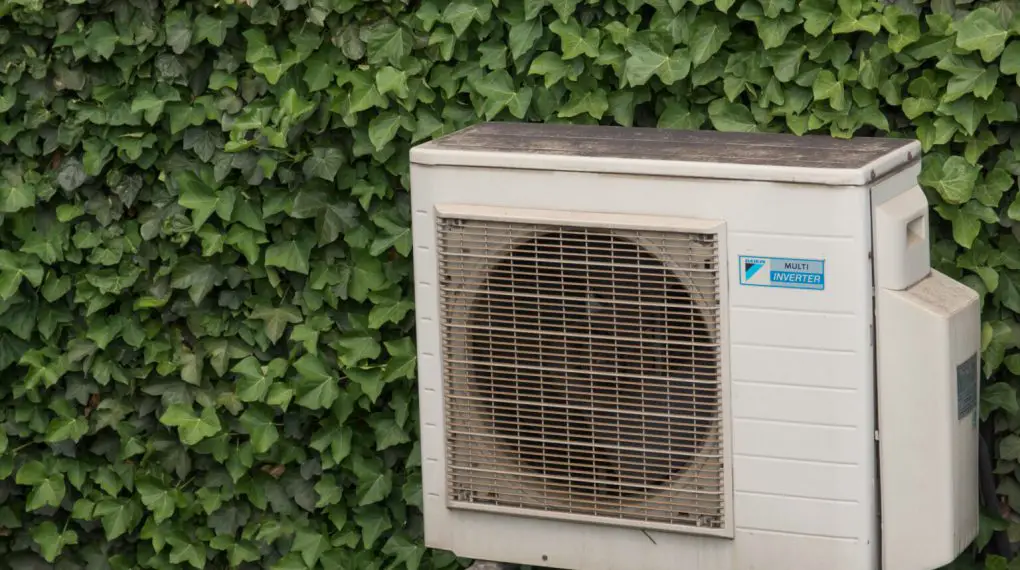In this comprehensive guide, we’ll go step-by-step to help you identify the cause and fix the ‘AC compressor works but no cold air’ problem.

Table of Contents
Understanding Why Your AC Compressor Works but No Cold Air is Coming Out
If your AC compressor is operational but no cold air is coming out, the problem could be related to several factors such as thermostat settings, air filters, refrigerant levels, or electrical connections. Understanding these elements is crucial for effective troubleshooting.
Steps to Fix ‘AC Compressor Works but No Cold Air’
Follow the steps below to fix your AC compressor if it’s working but not releasing cold air.
Step 1: Check the Thermostat Settings
The thermostat acts as the control hub for your air conditioning system. When troubleshooting, it’s wise to start here. Here’s what to look for:
Mode: Ensure the thermostat is set to “cool” and not “heat” or “fan only.” The “cool” mode signals your AC to start the cooling process.
Temperature Setting: Check that the temperature setting is lower than the current room temperature. If the setting is higher, the AC will not activate its cooling cycle.
Battery: If your thermostat operates on batteries, make sure they are not dead or weak. Weak batteries can lead to incorrect signals being sent to your AC unit.
Step 2: Inspect the Air Filters
Air filters catch particulates from the air, helping to maintain indoor air quality. However, dirty or clogged filters can severely restrict airflow, leading to poor cooling. Here’s how to inspect them:
Location: Find the air filter, usually located behind the front panel of the indoor unit or in a dedicated slot in your HVAC system.
Condition: If the filter appears clogged or visibly dirty, it needs attention.
Cleaning or Replacement: Some filters are washable, while others are disposable. Washable filters can be cleaned with mild soap and water. If your filter is disposable, replace it with a new one.
Frequency: A good rule of thumb is to inspect filters monthly and replace or clean them as needed.
Step 3: Examine the Refrigerant Levels
Refrigerant is the substance that actually cools the air. Low levels can result in insufficient cooling. Note that checking refrigerant levels is not a DIY task for most people; it requires specialized equipment and expertise. However, here’s what you should know:
Symptoms of Low Levels: If your system is blowing warm air or cycling frequently, low refrigerant levels could be the issue.
Professional Assessment: A certified HVAC technician can measure the refrigerant levels accurately and recharge the system if necessary.
Leak Repair: Low refrigerant often indicates a leak. A professional can locate and fix the leak, and then recharge the refrigerant.
Check out these other related articles…
What Causes Low Pressure Lockout: Your Comprehensive Guide
Compressor in Lockout Mode: Fixed in 4 Easy Steps
AC Compressor Keeps Running: 3 Simple Solutions
Loud AC Compressor: 3 Simple DIY Fixes
AC Compressor Maintenance: In 6 Easy Steps
Step 4: Look for Electrical Issues
Electrical problems can prevent your AC from producing cold air, even if the compressor is working. Here’s how to do a basic inspection:
Circuit Breakers: Ensure the AC’s circuit breaker has not tripped. If it has, reset it.
Wiring: Inspect visible wiring near the AC unit for signs of wear or damage. Do NOT touch any open wires.
Professional Help: For a comprehensive electrical check, consult an HVAC technician. Electrical issues can be dangerous and are best left to professionals.
Step 5: Seek Professional Help
If you’ve tried all the previous steps but still don’t have cold air, consult a certified HVAC technician. Complex issues like internal faults, mechanical failures, or advanced electrical problems require specialized skills for diagnosis and repair.